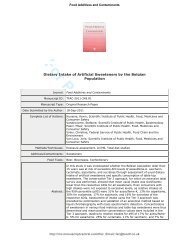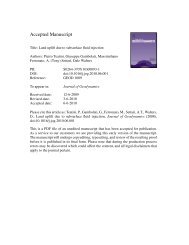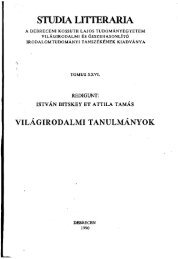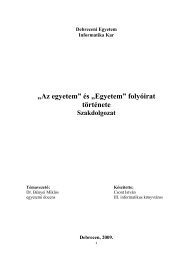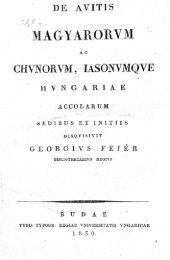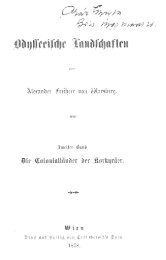accepted manuscript
accepted manuscript
accepted manuscript
Create successful ePaper yourself
Turn your PDF publications into a flip-book with our unique Google optimized e-Paper software.
ACCEPTED MANUSCRIPT<br />
complex I activity. Discrepant reports on complex I activities in PD patients may best<br />
be explained by methodological issues, in particular sample preparation and assay<br />
technique. It is also conceivable that variations in the extent of complex I deficiency<br />
or differences between brain and peripheral tissues reflect the fact that PD is not a<br />
uniform entity, but rather an etiologically and pathologically heterogeneous<br />
syndrome.<br />
1.1.2. Complex I and oxidative stress<br />
Transport of electrons through complexes I to IV in the inner mitochondrial<br />
membrane involves a series of coupled redox reactions, which provide the energy to<br />
create a proton gradient across the inner mitochondrial membrane. Reducing<br />
equivalents from catabolic processes enter the electron transport chain (ETC) as<br />
NADH (at complex I) or FADH2 (at complex II). Electrons from NADH or FADH2<br />
are passed on in a stepwise fashion until they reduce oxygen to water at complex IV.<br />
The movement of protons from the mitochondrial matrix to the intermembrane space<br />
creates an electrochemical gradient across the inner mitochondrial membrane. The<br />
electrochemical gradient, also called proton-motive force, is composed of a pH<br />
ACCEPTED MANUSCRIPT<br />
gradient (ΔpH) and an electrical potential (Δψ) and drives ATP synthesis from ADP<br />
as protons re-enter the matrix through the ATP synthase (complex V). The whole<br />
process is called oxidative phosphorylation.<br />
Complex I is the main gateway for electrons to enter the respiratory chain<br />
(rev. in [60, 61]). It consists of 14 central and up to 32 accessory subunits, which form<br />
an L-shaped complex with a membrane arm and a peripheral arm protruding into the<br />
mitochondrial matrix. Seven hydrophobic subunits forming the membrane central<br />
core are encoded by mitochondrial (mt) DNA. Complex I catalyzes the electron<br />
7




